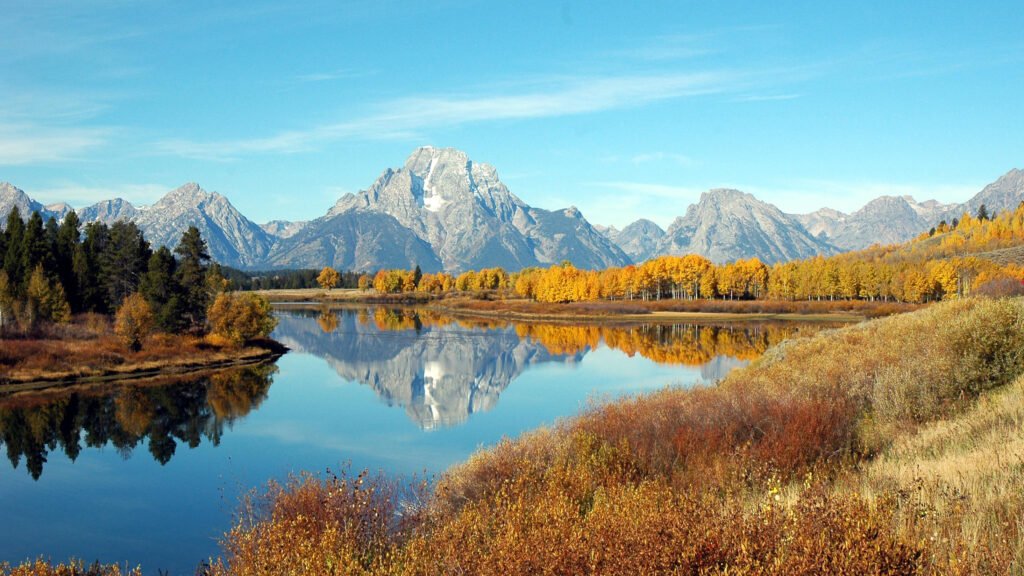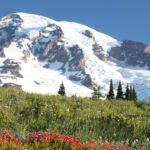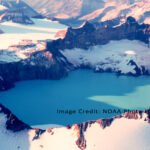Discover Grand Teton National Park in Wyoming, from its stunning landscapes and diverse wildlife to exciting activities and accommodations. Plan your visit with our comprehensive guide.
Table of Contents
Introduction to Grand Teton National Park
Nestled in northwestern Wyoming, Grand Teton National Park is a treasure trove of natural beauty, offering a breathtaking panorama of rugged mountain peaks, pristine lakes, and abundant wildlife. Spanning over 310,000 acres, the park is renowned for its awe-inspiring scenery, diverse ecosystems, and rich cultural history. Whether you’re an avid hiker, wildlife enthusiast, or simply in search of serene landscapes, Grand Teton National Park promises an unforgettable experience.
History and Background
Established in 1929, Grand Teton National Park preserves the Teton Range and the valley known as Jackson Hole. The park’s history is intertwined with Native American heritage, early European exploration, and the conservation efforts spearheaded by visionaries like John D. Rockefeller Jr. The park’s name honors the Grand Teton, the highest peak in the Teton Range, named by French trappers. Today, the park stands as a testament to the commitment to preserving America’s natural landscapes.
Biodiversity
Grand Teton National Park boasts a rich biodiversity, with a variety of habitats ranging from alpine meadows and dense forests to wetlands and sagebrush flats. The park is home to over 300 species of birds, 60 species of mammals, and numerous fish, amphibians, and reptiles. Iconic species include the grizzly bear, elk, moose, and the elusive gray wolf. Birdwatchers can spot bald eagles, ospreys, and trumpeter swans, making the park a haven for wildlife enthusiasts.
Famous Attractions
The park’s stunning attractions draw visitors from around the globe. The Snake River offers picturesque views and recreational activities like rafting and fishing. Jenny Lake, with its crystal-clear waters, provides opportunities for boating, kayaking, and hiking. The scenic drive along Teton Park Road showcases some of the park’s most breathtaking vistas. Don’t miss the Chapel of the Transfiguration, a historic log chapel with stunning views of the Teton Range.
Activities in Grand Teton National Park
Grand Teton National Park offers a plethora of activities for outdoor enthusiasts. Hiking is one of the most popular activities, with trails ranging from easy walks to challenging backcountry routes. Popular hikes include the Cascade Canyon Trail and the Hidden Falls Trail. In winter, the park transforms into a snowy wonderland, perfect for cross-country skiing and snowshoeing. Fishing, boating, and wildlife viewing are also popular, ensuring there’s something for everyone.
Accommodations
Visitors to Grand Teton National Park have a variety of accommodation options, from rustic campsites to luxurious lodges. The Jackson Lake Lodge offers stunning views of the Tetons and modern amenities, while the historic Jenny Lake Lodge provides a more intimate experience. For those seeking a more rustic stay, the Colter Bay Village features cabins and campsites. Nearby Jackson Hole also offers numerous hotels and vacation rentals, catering to all budgets.
Weather Conditions
Weather in Grand Teton National Park can be unpredictable, with rapid changes occurring throughout the day. Summer temperatures range from 70°F to 80°F during the day, dropping to 30°F to 40°F at night. Winters are cold, with temperatures often below freezing and significant snowfall. Spring and fall bring milder temperatures but can be wet and windy. Visitors should come prepared for varying conditions, especially when venturing into higher elevations.
Visitor Information
To make the most of your visit, start at one of the park’s visitor centers, such as the Craig Thomas Discovery and Visitor Center or the Jenny Lake Visitor Center. These centers provide valuable information on park activities, trail conditions, and educational exhibits. Entrance fees vary, with options for single-vehicle passes or annual passes that include access to both Grand Teton and Yellowstone National Parks.
Conservation Efforts
Grand Teton National Park is committed to preserving its natural and cultural resources through extensive conservation efforts. Initiatives include wildlife monitoring, habitat restoration, and educational programs aimed at promoting sustainability. The park works closely with local organizations and volunteers to protect its fragile ecosystems and ensure that future generations can enjoy its splendor.
Tips for Visiting Grand Teton National Park
- Plan Ahead: Check the park’s official website for the latest information on trail conditions, weather forecasts, and park alerts.
- Pack Appropriately: Bring layers, as weather can change quickly, and don’t forget essentials like water, sunscreen, and bear spray.
- Respect Wildlife: Maintain a safe distance from animals and follow park guidelines to ensure both your safety and theirs.
- Stay on Trails: Protect the park’s delicate ecosystems by sticking to designated trails and campsites.
- Leave No Trace: Pack out all trash, respect wildlife, and leave natural objects undisturbed.
For more information about Grand Teton National Park, visit the official National Park Service website at Click Here.
Grand Teton National Park is a captivating destination that offers something for every nature lover. From its majestic peaks and serene lakes to its diverse wildlife and rich history, the park is a testament to the beauty and wonder of the natural world. Whether you’re planning a day trip or an extended stay, this guide provides all the information you need to make the most of your visit. Embrace the adventure and discover the timeless allure of Grand Teton National Park.
You may also like DISCOVER THE WONDERS OF YELLOWSTONE NATIONAL PARK, WYOMING: ULTIMATE GUIDE








2 thoughts on “Explore Grand Teton National Park: A Complete Guide to Wyoming’s Majestic Wilderness”